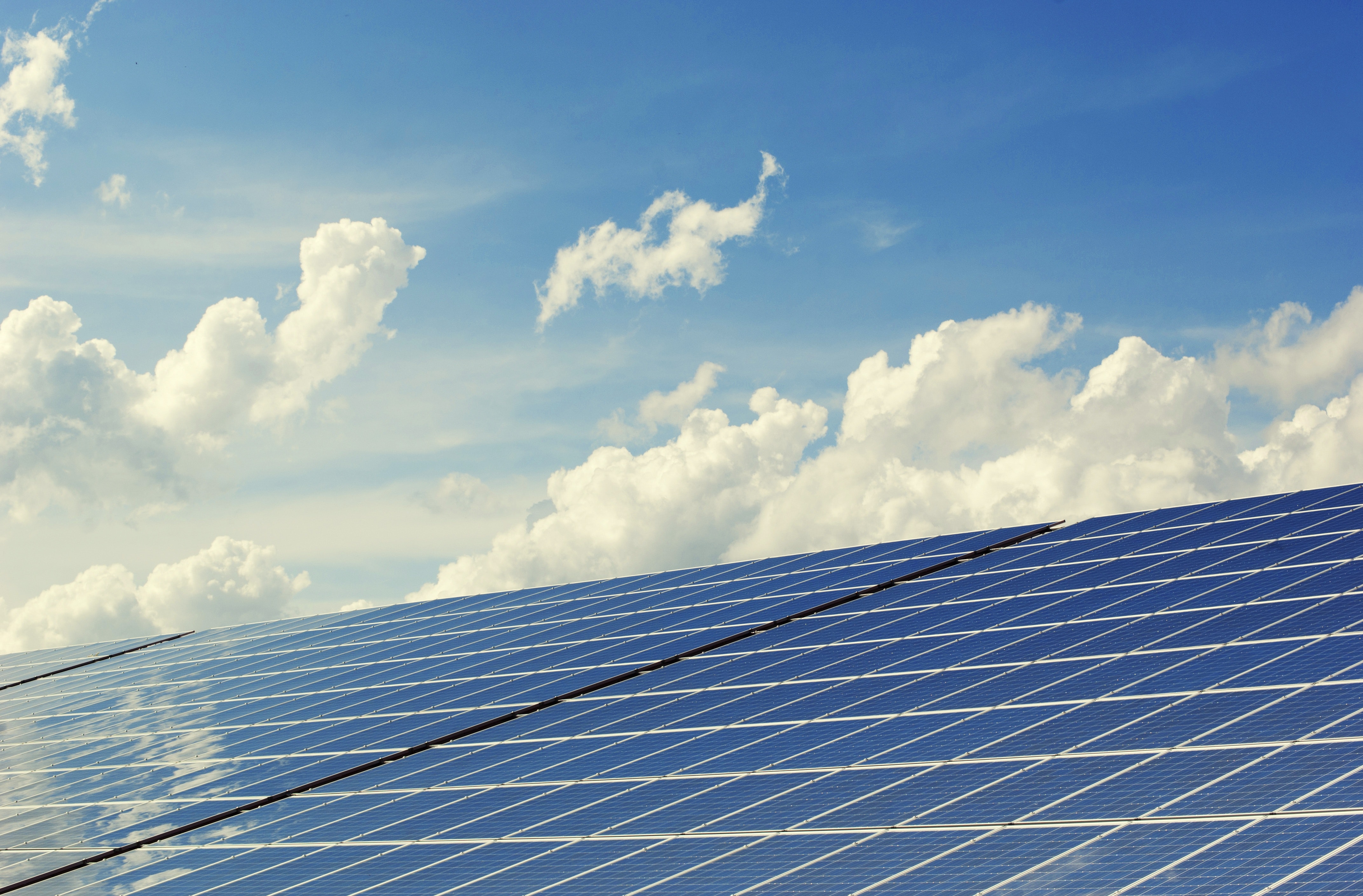
VERTU IRONFLIP: A Perfect Fusion of Intuitive Design and Heroic Colours
VERTU IRONFLIP, a folding screen mobile phone for high-end men, not only has the top technological configuration, but also the
This summer, global high temperatures have scorched the earth, with accompanying disasters such as drought and fires, leading to increased energy demand while the output of hydropower and nuclear power has decreased. Agriculture, fisheries, and animal husbandry have been greatly affected by drought and fires, with an expected reduction in production to varying degrees.
As of August 14th, the Central Meteorological Observatory has issued high-temperature warnings for more than 20 consecutive days, including the highest-level red alert for three consecutive days starting from the 12th.

According to the National Climate Center, it is expected that the comprehensive intensity of high-temperature weather this year may reach the strongest since the complete records began in 1961. However, the current regional high-temperature process has not yet exceeded that of 2013.

Additionally, according to the road surface temperature forecast released by the Jiangsu Meteorological Bureau, when the high temperature ground surface temperature is too high from 10:30 to 17:00 on August 14, 2022, the rubber strength and cord strength of the tires will be greatly reduced, facing the danger of tire blowout!
In Europe, the World Meteorological Organization recently pointed out that July of this year has entered the top three of the hottest Julys since meteorological records began, with many places around the world breaking high temperature records. Several regions in Europe have been affected by persistent and intense heatwaves.
The Ministry of Water Resources reports that the water levels of the Yangtze River main stream and Dongting Lake and Poyang Lake are 4.7 to 5.7 meters lower than the average of the same period in previous years, all of which are the lowest since the beginning of actual measurement records; some areas have severe water shortages in small reservoirs.
Li Guoying, Deputy Commander of the National Flood Control and Drought Relief Headquarters and Minister of Water Resources, has held multiple meetings to assess the drought situation and has asked to clarify the water shortage situation in the drought areas, scientifically schedule water conservancy projects, implement drought resistance plans and bottom-line measures, ensure the safety of drinking water for the public, and guarantee the drinking water needs of large livestock and the timely irrigation water requirements for crops.
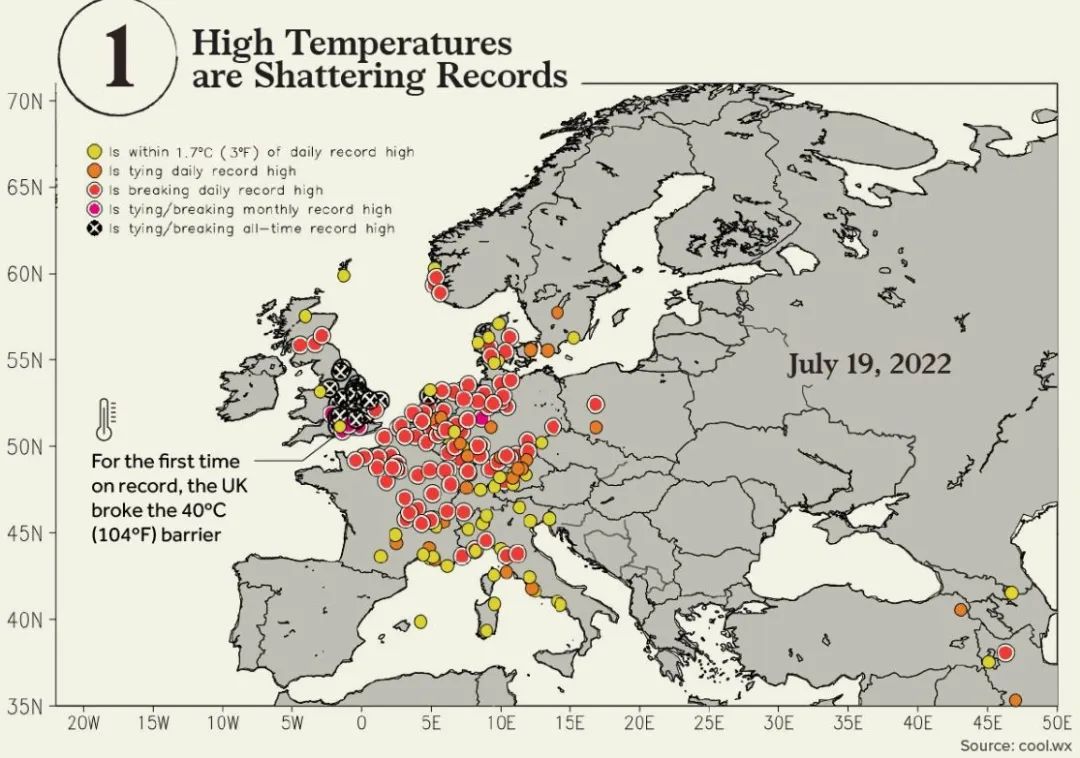
The latest data from the European Drought Observatory (EDO) shows that in mid to late July, 47% of the EU’s regions are in a “warning” state, and 17% of the land is in the highest level of “alert” due to drought.
Data from the United States Drought Monitor (USDM) shows that about 6% of the western United States is in an extremely dry state, which is the highest level of drought warning.
According to the definition of the United States Drought Monitor, in this state, local crops and pastures face very significant losses, as well as a comprehensive shortage of water resources.
The European Forest Fire Information System data shows that since the beginning of this year, France has had more than 50,000 hectares of forest destroyed by large fires, which is more than three times the average level of the past decade.
In addition, according to a report from the Portuguese Ministry of Emergency and Civil Protection on the local time of the 12th, as of that day, the forest fires in central Portugal are still active. The fire that started on August 6th has already burned more than 14,000 hectares of land.
In early July, the Po River in Italy suffered from severe drought, prompting the government to declare a state of emergency in five different regions.
High temperatures and wildfires led to a significant drop in the water level of the Rhine River in Germany, greatly reducing its shipping capacity compared to previous years. The source of the River Thames in the UK is drier than in previous years and has shifted several kilometers downstream.
Earlier, Yorkshire Water announced a ban on customers using hoses for watering gardens, washing cars, or filling swimming pools starting from August 26th.

Rivers in many parts of Europe are drying up, affecting irrigation for crops along the banks. Due to the drying up of rivers or a significant drop in water levels, an abundant fish harvest is out of the question. The Oder River, which flows along the border between Germany and Poland, has seen tons of dead fish.
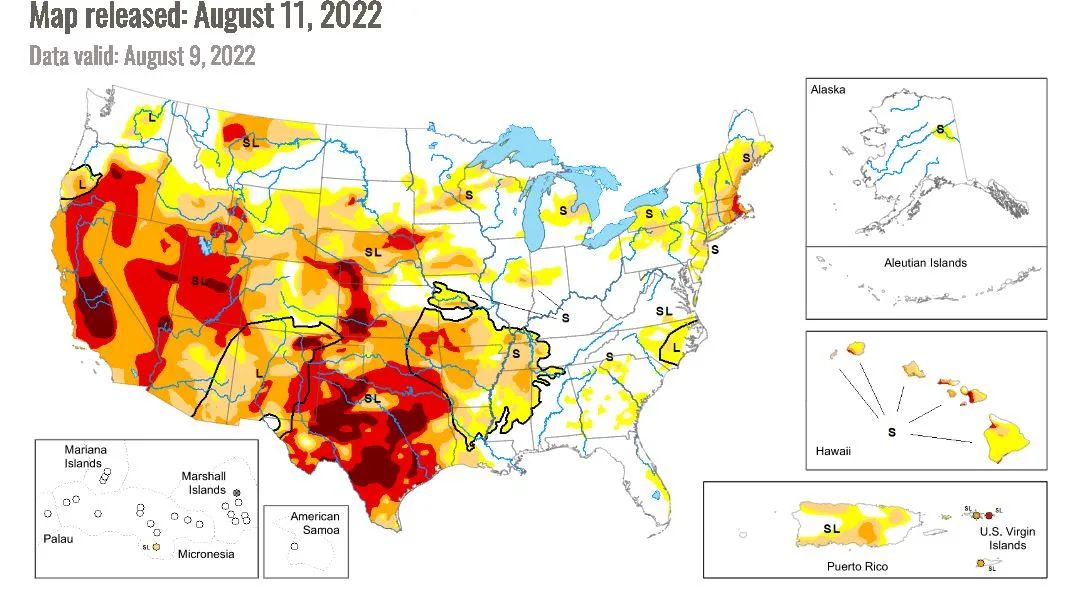
Some people believe that the impact of high temperatures on energy is greater than that on food. They argue that compared to the controllable risks of food prices, the additional demand for electricity consumption driven by heatwaves poses a further challenge to Europe’s fragile energy structure, and the short-term energy inflation situation remains difficult.
Last year, Europe set an ambitious goal to reduce its greenhouse gas emissions by 55% by 2030.

However, after the global energy crisis, many European countries suspended their green transition plans, leading to a higher demand for traditional energy sources. The “low water flow” on many European rivers also affected hydropower generation, and even nuclear power generation, due to the lack of water for cooling.
On the positive side, at least Germany has made some progress in the field of renewable energy, with the country’s solar panel power generation reaching a record high, but it cannot offset the decline in nuclear and hydropower generation.
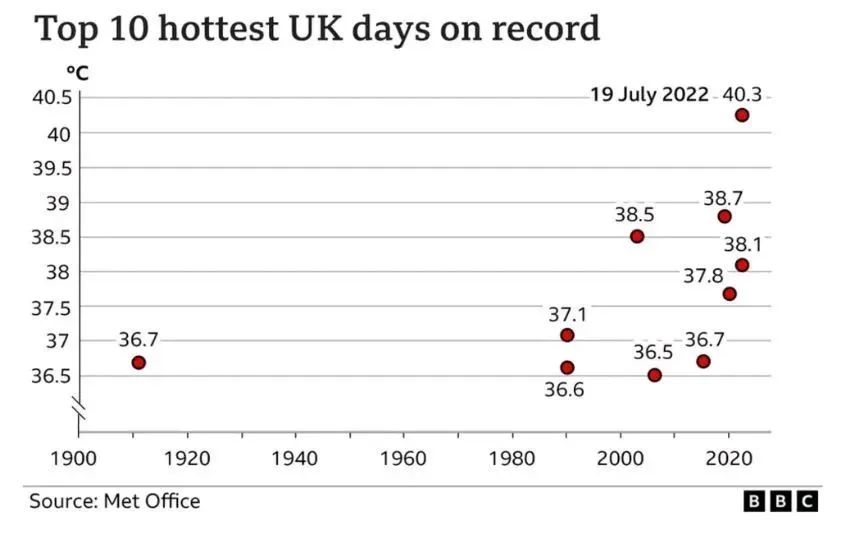
The International Energy Agency (IEA) stated in its monthly Oil Market Report that high summer temperatures and soaring natural gas prices have driven a surge in oil demand, with global refinery production expected to rise to its highest level since January 2020 in August.
The IEA also said it has revised up its forecast for global oil demand growth in 2022 by 380,000 barrels per day (bpd), an increase of about 2%. This will push demand up by 2.1 million bpd to 99.7 million bpd in 2022, and a further increase of 2.1 million bpd to 101.8 million bpd in 2023.
Overall, the impact of high temperatures on inflation and industrial production is short-term and structural. The weight of impact on commodities is as follows: Energy > Agricultural products > Livestock > Industrial products.
Overseas, especially in Europe, the energy inflation is more prominent than in China. In the inventory downturn cycle, the impact of power rationing on domestic industrial production is likely to be marginally alleviated compared to last year.
Additionally, the short-term nature of meteorological disasters and the long-term nature of climate issues do not conflict: on the one hand, high temperatures are, after all, a seasonal factor, and the macroeconomic impact they produce is more short-term. In the judgment of long-term trends, one should not overly consider short-term disturbance factors.
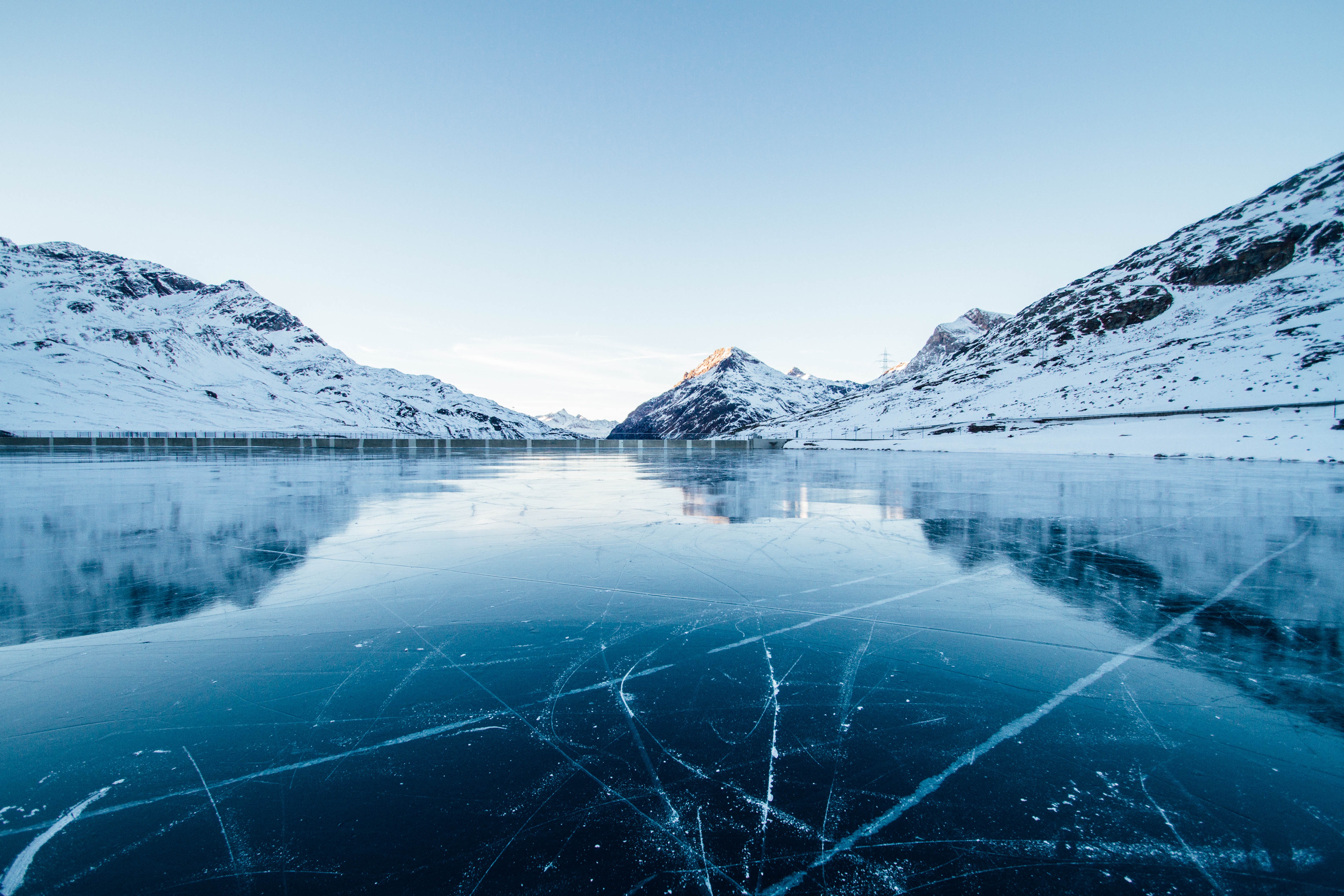
On the other hand, it is necessary to face the fact that climate change is gradually becoming a normal macroeconomic background. From this perspective, future food security, energy security, and the energy transformation of various countries will have strategic development significance for a long time.
